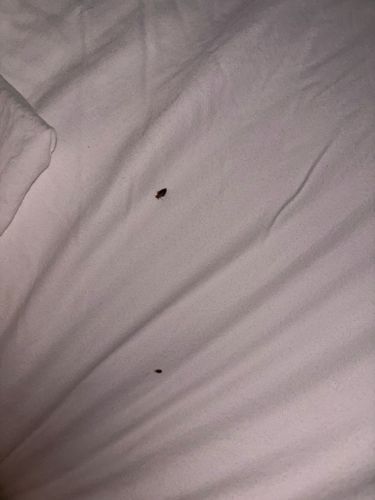Bed Bug
Scientific Name: Cimex lectularius
Order & Family: Order: Hemiptera, Family: Cimicidae
Size: Adults typically 4-5 mm (0.16-0.20 inches) long, similar to an apple seed. Nymphs are smaller and translucent.

Natural Habitat
Primarily lives in beds (mattresses, bed frames, box springs), but can also be found in cracks in walls, furniture, behind picture frames, and electrical outlets.
Diet & Feeding
Exclusively blood; they feed on humans and other warm-blooded animals.
Behavior Patterns
Nocturnal; they hide in cracks and crevices during the day and come out to feed on blood at night. They are highly resilient and can survive for several months without feeding.
Risks & Benefits
Risks: Bed bug bites can cause itchy welts, skin irritation, and psychological distress. While they are not known to transmit diseases, severe infestations can lead to secondary skin infections from scratching. Benefits: None known for humans; they are generally considered pests.
Identified on: 8/31/2025